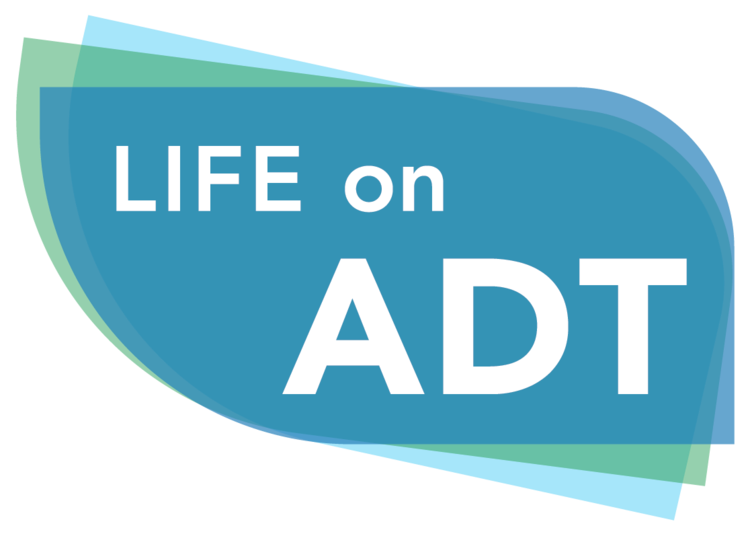The role of intermittent androgen deprivation therapy in the management of biochemically recurrent or metastatic prostate cancer. By Jaswal and Crook 2015
Key sentence from the paper: “As not all men benefit equally in quality of life improvement in the off treatment period, assessment after the first cycle of [intermittent ADT] to determine whether the patient feels it is worth continuing a cyclical approach is important.”
For the full abstract, see: http://www.ncbi.nlm.nih.gov/pubmed/25677230
Commentary: This is a solid review of published data on the merits of intermittent ADT versus continuous ADT for patients with systemic prostate cancer. ADT administered either way does not show a difference in overall survival, but clearly patients who get a vacation from ADT experience less ADT side effects and thus a bit better quality of life.
What will probably interest patients most are a few points taken up in the discussion. One concerns the time it takes to recover testosterone to baseline levels after a break from ADT. Best recovery is seen in the first off period and the chances of full testosterone recovery decline with subsequent off periods. However, interestingly, some patients experience relief from ADT side effects very quickly, even before the testosterone levels have climbed back into the normal range. The basis for this is not known, but may in part be a placebo effect; i.e., one feels that are less fatigued just knowing that they are off of ADT.
The authors also address the issue of when to start back on ADT after an off period. To quote the authors the “criteria for starting and stopping are not yet standardized but generally initiating treatment when the PSA is 10–20 ng/ml and allowing treatment interruption after 8-9 months, if the PSA is< 4 ng/ml and not rising is a well–substantiated approach."
Jaswal J, Crook J. The role of intermittent androgen deprivation therapy in the management of biochemically recurrent or metastatic prostate cancer. Curr Urol Rep. 2015;16(3):11.
